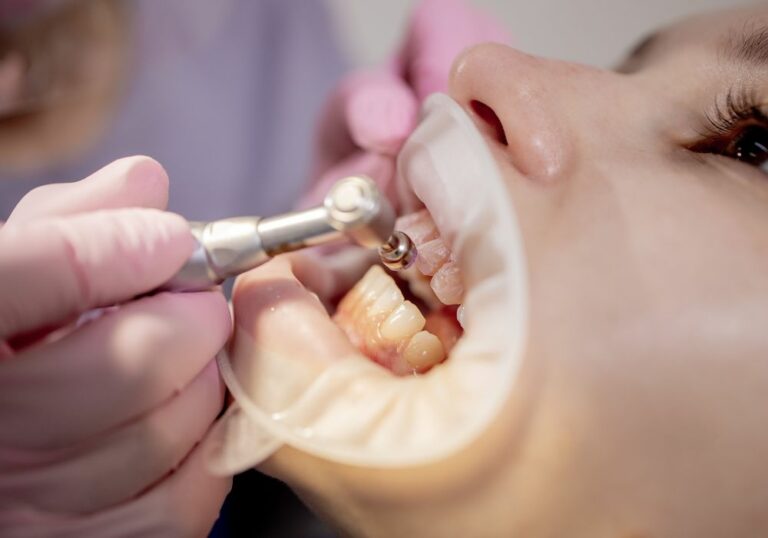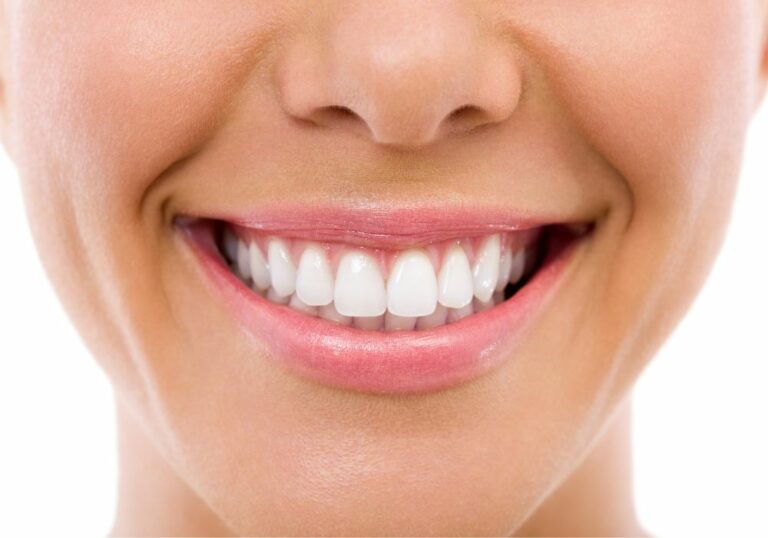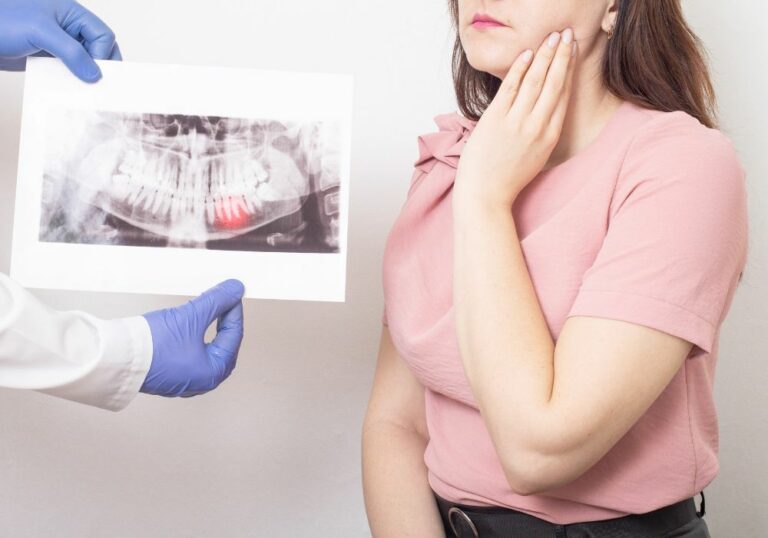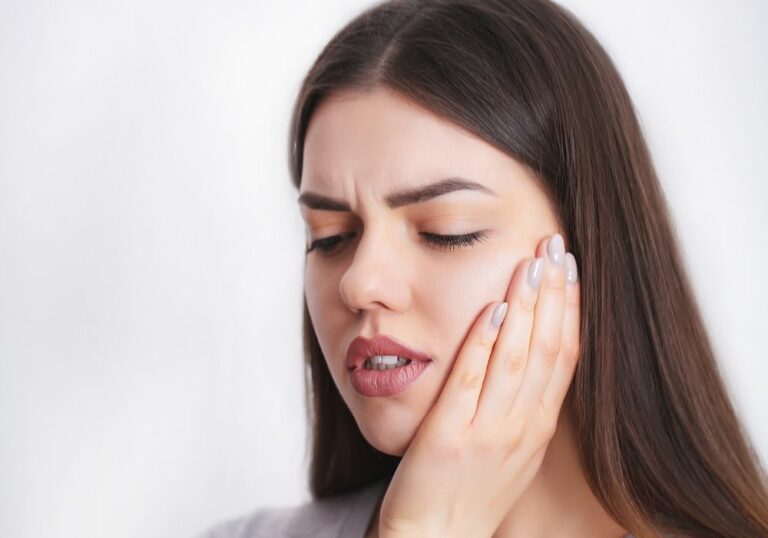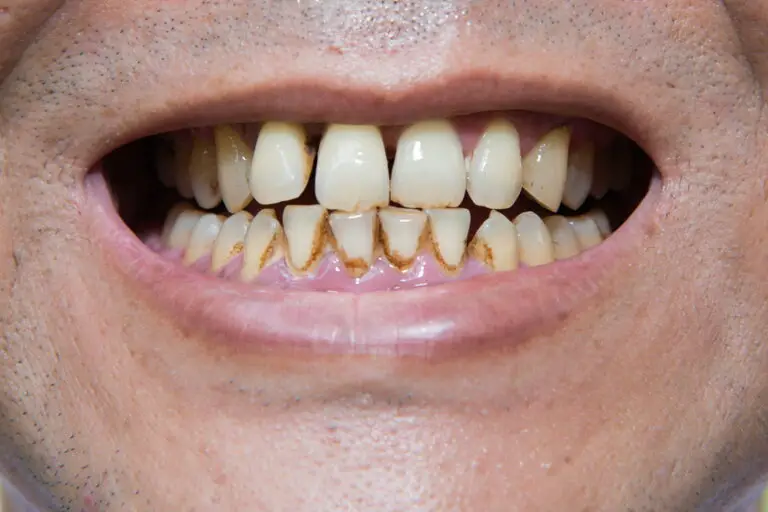Teeth serve critical functions in our daily lives, allowing us to bite, chew and break down food to prepare it for digestion. They encounter varying temperatures from the foods and liquids we consume each day. But how much heat or cold can our teeth take before they become irreversibly damaged? In this comprehensive article, we’ll take an in-depth look at the structures that make up our teeth, how they respond to temperature fluctuations, thresholds where damage occurs, and steps you can take to prevent temperature-induced injuries.
Detailed Tooth Anatomy
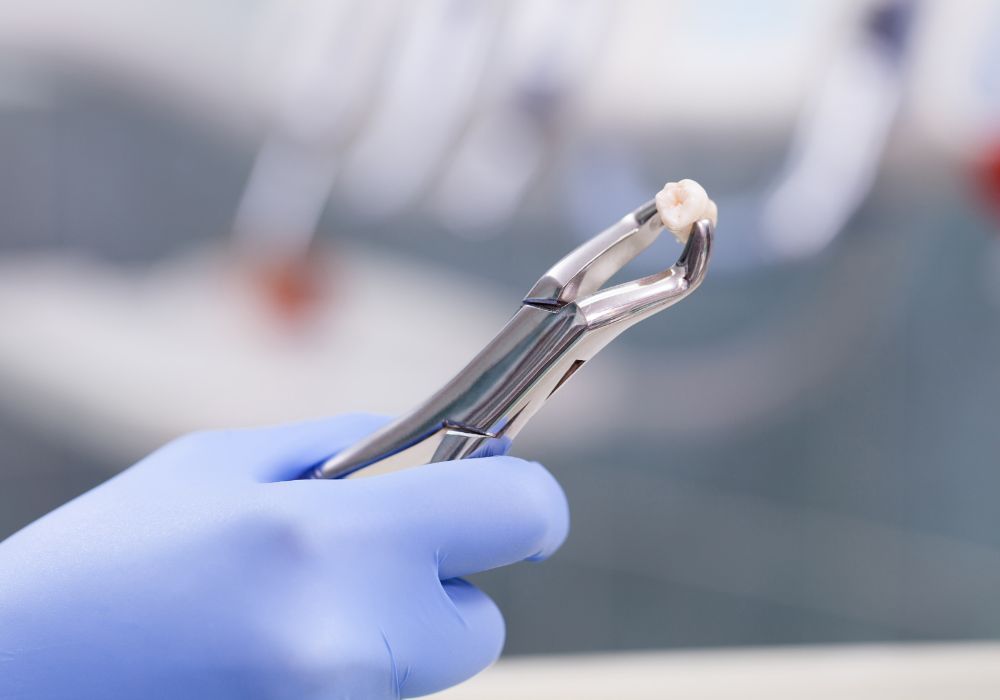
Human teeth are complex structures composed of multiple layers, tissues and minerals that each contribute to their overall strength and resilience. Here is a more detailed overview of the core components:
Enamel
- Made up of crystalline hydroxyapatite rods tightly packed together.
- Contains the highest mineral content of any tissue in the body at 96%.
- Its high mineralization makes enamel extremely hard and durable.
- Enamel is avascular and does not contain nerves or living cells.
- Its main role is to provide a protective coat for underlying tooth structures.
- Thickness varies from 2.5mm on molars to 0.5mm at the cementoenamel junction.
- Prism patterns in enamel help resist cracking and fracture.
- It can withstand biting forces up to hundreds of pounds.
- Enamel is also resistant but not impervious to thermal damage.
Dentin
- Bonelike tissue that makes up the bulk of the tooth’s structure.
- Contains 70% inorganic mineral content, 20% organic material, and 10% water by weight.
- Mainly composed of hydroxyapatite crystals bundled into microscopic tubules.
- Tubules allow for sensitivity and conduct sensations including temperature and pain.
- Less hard than enamel due to lower mineral content but still durable.
- Flexibility helps absorb biting stress and prevent fracture.
- Dentin borders the pulp chamber and extends throughout the roots.
- Thickness is about 2mm near the pulp but thinner approaching the enamel junction.
- More prone to thermal damage than enamel due to tubules.
Pulp
- Soft connective tissue containing nerves and blood vessels.
- Fills the pulp cavity and inner root canals.
- Provides nutrients to dentin and senses pain/temperature.
- Pulp originates in the tooth germ during development.
- Contains odontoblasts that produce dentin.
- Nerves enter at the tip of the root and branch throughout the pulp.
- Has excellent blood circulation to bring nutrients and defenses.
- Very sensitive to hot/cold due to nerves – as little as a 5-8°C change can trigger pain.
- Can become inflamed, infected and die if dental pulp temperature exceeds 42°C.
Cementum
- Bonelike calcified substance covering the dentin of roots.
- Thickness ranges from 20-200um with gradual taper toward the apex.
- Anchor roots to alveolar bone via collagen fibers.
- Has an intermediate mineral content between enamel and dentin.
- Materials like hydroxyapatite provide compressive strength.
- Also contains lacunae with cementocytes that form new cementum.
- Less resistant to thermal effects than enamel due to cellular components.
- Damage and cracking can occur if heated excessively.
Periodontal Ligament
- Fibrous connective tissue between cementum and alveolar bone.
- Contains bundles of collagen fibers that attach to cementum and socket walls.
- Nerves provide sensation and vasculature nourishes the ligament.
- Has elasticity to cushion chewing forces and prevent injury.
- Helps teeth sense hot/cold foods and liquids.
- May become inflamed and painful if exposed to extremes.
Effects of Temperature on Teeth
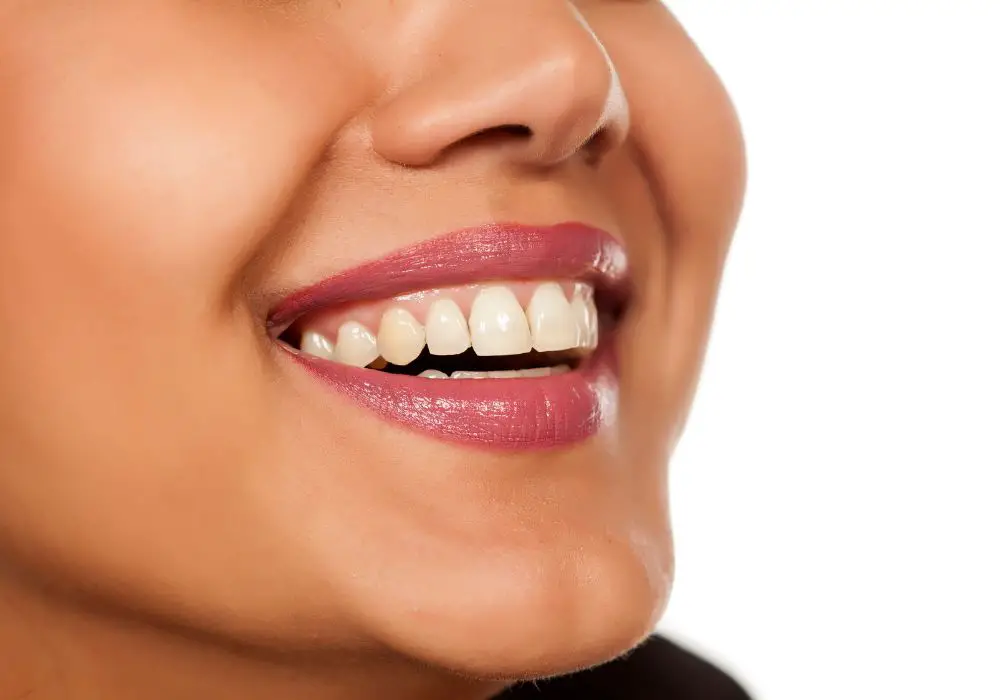
Because enamel, dentin, pulp and cementum have varying compositions, they respond differently when exposed to hot or cold temperatures during eating and drinking.
Enamel
- Excellent thermal insulation due to high mineral content.
- Can withstand very high temperatures around 300°C before cracks develop.
- If heated too quickly, enamel may chip or crack due to uneven expansion.
- No active response to hot/cold since enamel contains no nerves or blood vessels.
Dentin
- More susceptible to temperature change due to tubules.
- Hot/cold sensations transmitted inward to the pulp.
- Begins to degenerate at sustained exposure above 60°C.
- Prolonged contact with hot foods/liquids can lead to inflammation in the underlying pulp.
- Rapid cooling by cold foods can provoke short, sharp pain as fluid in tubules moves outward.
Pulp
- Extremely sensitive to hot/cold due to nerves and vascularity.
- Temperatures above 42°C will provoke inflammation, swelling and pain.
- Prolonged heat exposure beyond 42°C causes necrosis and pulp death.
- Cold stimuli moves fluid out of the tubules, bending nerve fibers and causing sharp, transient pain.
Cementum
- Intermediate thermal resistance between enamel and dentin.
- Contains some cellular components that are heat sensitive.
- Begins to exhibit damage at temperatures exceeding 60°C.
- Cracking and chipping can occur with rapid heating.
Periodontal Ligament
- Provides sensation of hot/cold foods against the tooth roots.
- Prolonged extremes can provoke inflammation and pain.
- Helps signal the pulp to react to temperature threats.
In summary, the pulp and periodontal tissues are most vulnerable to thermal damage due to their nerves and blood vessels. Enamel provides the bulk of insulation against heat/cold. But the inner dentin and cementum are more sensitive than enamel and less equipped to adapt to temperature swings.
Thresholds for Tooth Damage
Exposing teeth to excessive hot or cold temperatures can provoke both immediate and long-term damage. Here are some approximate thresholds where injury can occur:
42°C (107°F) – Hypersensitivity and short pain response begins. Pulp inflammation likely with prolonged exposure.
60°C (140°F) – Dentin degeneration and cementum damage emerges. Pulp necrosis likely.
75°C (167°F) – Dentin heavily damaged. Enamel may exhibit minor cracks.
100°C (212°F) – Major enamel cracking and fracturing. Dentin decayed. Pulp necrosis.
300°C (572°F) – Enamel sublimation and breakdown begins. Complete pulp death.
However, keep in mind that these thresholds depend greatly on the duration of exposure. Brief contact, such as sipping a hot drink, may not cause any immediate damage while prolonged exposure to lower temperatures can still produce injury over time.
Everyday Sources of Temperature Extremes

In daily life, our teeth encounter varying temperature extremes that may risk damage if caution isn’t exercised. Here are some common examples:
- Drinking hot coffee or tea – Can reach temperatures of 65-85°C if consumed immediately after brewing. Scalding hot liquids may damage soft tissues in the mouth. Allowing to briefly cool makes drinking safer. Using a lidded cup can help retain heat while limiting immediate exposure to teeth.
- Biting into hot pizza or other hot foods – Foods fresh out of an oven can reach temperatures up to 90°C. The hot cheese and toppings contact the tooth surfaces directly and may cause sensitivity or burns. Allowing foods to cool for at least 5 minutes brings them to a safer range of 55-70°C.
- Consuming cold treats like ice cream – Frozen foods are usually around -18°C. The cold can provoke dentin sensitivity and sharp pain that subsides once the cold is removed. No lasting damage, but discomfort may occur, especially for those with enamel loss.
- Drinking cold water with ice – As cold as 0-2°C. While extreme, it only causes temporary sensitivity and no permanent effects on tooth structure.
- Exposing teeth directly to a heat source – Open flames, oven elements, hot plates and other heat sources above 300°C can cause immediate enamel cracks or burning of oral tissues if teeth contact directly. Avoid putting teeth near high heat.
- Swishing or direct contact with boiling water – At 100°C, boiling water can still damage cementum and provoke pulp inflammation with direct contact. Drinking scalding water may damage sensitive tissues in the mouth.
As shown above, many everyday food and beverage temperatures exist that may risk damage with prolonged exposure. Being mindful and taking small preventive steps can help avoid unnecessary injury.
Preventing Temperature Damage
Many simple precautions can help minimize risks of heat or cold-induced tooth damage:
- Allow hot foods like soups, cocoa, coffee and pizza to cool for 5-10 minutes before consuming.
- Add cold water or milk to hot beverages to quickly drop their temperature.
- Consume hot liquids cautiously using a straw to minimize exposure or sip slowly starting at the back of the mouth.
- Rinse mouth with room temperature water after eating or drinking hot items.
- Limit consumption of cold treats like ice cream that provoke sensitivity.
- Use toothpaste made for cold-sensitive teeth if needed.
- Avoid exposing teeth directly to flames, heating elements, hot coals or other uncontrolled heat above 300°C.
- See your dentist promptly if you experience any tooth cracks, chips or enamel damage that may require restoration.
Exercising reasonable caution with hot and cold foods can go a long way towards preventing unnecessary temperature damage and trauma to your teeth.
Treating Thermal Tooth Injuries
If tooth damage from temperature extremes does occur, modern dentistry offers several effective ways to restore form and function:
Root Canal Treatment – For pulp inflammation or necrosis from overheating. Damaged pulp is removed and replaced with an inert filling.
Tooth Extraction – For non-restorable tooth fractures or cracks from thermal shock. Replacement options include dental implants or bridges.
Crowns – Used to restore cracked or broken teeth by capping them with custom fabricated crowns for protection.
Enamel Reshaping – Smooths small cracks and chips in enamel using rotary instruments or laser to prevent further damage.
Bonding – Minor chips and defects can be repaired by filling with dental composites that blend with natural enamel.
Gum Grafts – Grafting to restore receded gums improves protection against root sensitivity.
With prompt dental care, teeth damaged by problematic temperatures can often be restored both functionally and aesthetically. Prevention remains key, but damage does not have to be permanent if treated.
Conclusion
While enamel provides effective insulation, the inner components of teeth are vulnerable to thermal damage from food and drinks that are excessively hot or cold. Pulp inflammation can occur at temperatures over 42°C. Higher sustained heat beyond 75°C risks enamel cracks and decay of dentin. But brief exposure to hot/cold is well tolerated and unlikely to cause lasting harm. Being mindful of temperature extremes and taking simple precautions can help promote lifelong dental health and function.
Frequently Asked Questions
What temperature food can damage teeth?
Food or drinks above 75°C can potentially cause damage to dentin. Extreme temperatures above 100°C, such as boiling liquids or oven elements, risk cracking enamel and burning oral tissues. Allowing hot foods a few minutes to cool makes consumption safer.
Can teeth crack from eating hot food?
Yes, the enamel of teeth can crack from thermal shock if exposed to abrupt temperature spikes above 300°C, such as biting directly into hot pizza fresh from the oven or contact with an open flame. The rapid expansion weakens the enamel crystalline structure, causing cracks.
Is it safe to drink boiling hot water?
Drinking water hotter than 90°C is not recommended, as it may damage soft oral tissues or even damage tooth cementum with prolonged direct contact. Boiling water should be allowed to cool down closer to room temperature before consumed to avoid potential burning or dental damage.
Can drinking very hot coffee stain teeth?
Yes, frequently consuming coffee or tea hotter than 60°C can exacerbate staining of enamel over time. The heat appears to enable deeper penetration of pigments like tannins. Allowing hot beverages to cool down before drinking helps reduce staining effects. Using a straw can also minimize contact.
Can ice or ice water hurt your teeth?
While extreme cold from foods like ice cream or ice water can provoke temporary sensitivity, they do not actually damage the tooth structure itself. The pain is from fluid shifts provoking pulp nerve irritation. Those with enamel erosion are more prone to cold sensitivity. Using desensitizing toothpaste helps reduce discomfort.

